Local Storage seems to be disabled in your browser.
For the best experience on our site, be sure to turn on Local Storage in your browser.
Choose your country
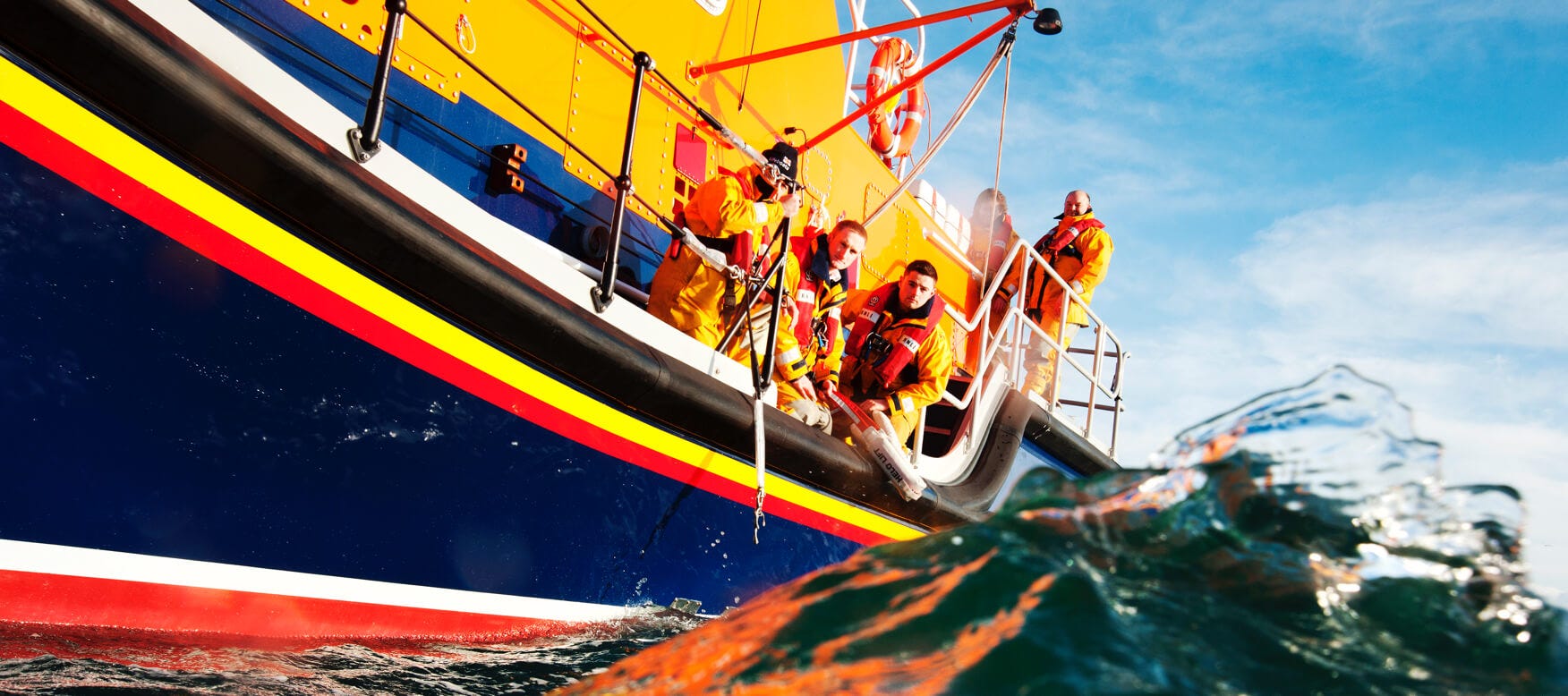
RNLI Mayday Fundraising Partnership
April 23, 2024
6 min read
The RNLI works to help save lives at sea and we're trying to help their brave lifesavers by donating 25% of full price online UK sales during the month of May.
Learn about the RNLI, the RNLI’s Mayday campaign, and the volunteers who need your support.
Helly Hansen and the RNLI are committed to helping to save lives at sea. As a charity that works to defeat drowning, the RNLI relies on contributions from donors to fund its lifesaving work; That is why Helly Hansen is proud to support their Mayday campaign.
WHAT IS MAYDAY?
Mayday is a call for help. Usually, RNLI lifesavers answer mayday calls and go to rescue others. But this May, it's they who are asking for your help.
As the beaches fill up this summer, their lifesavers will be at their busiest. With more people drawn to the water, more people will get into danger. It could be you or someone you love. RNLI lifeboat crews and lifeguards need to be ready to answer the call for help and that takes lifeboats, kit, equipment and training.
The RNLI is raising funds to keep brave lifesavers kitted and trained to deal with these emergencies – and come home safe themselves. You can also answer the RNLI’s Mayday call by shopping with Helly Hansen. As part of our partnership with the RNLI, Helly Hansen will donate 25% of sales during the month of May from HellyHansen.com/UK to the RNLI’s Mayday campaign. So, the kit you buy online will help protect the RNLI’s lifesavers too.
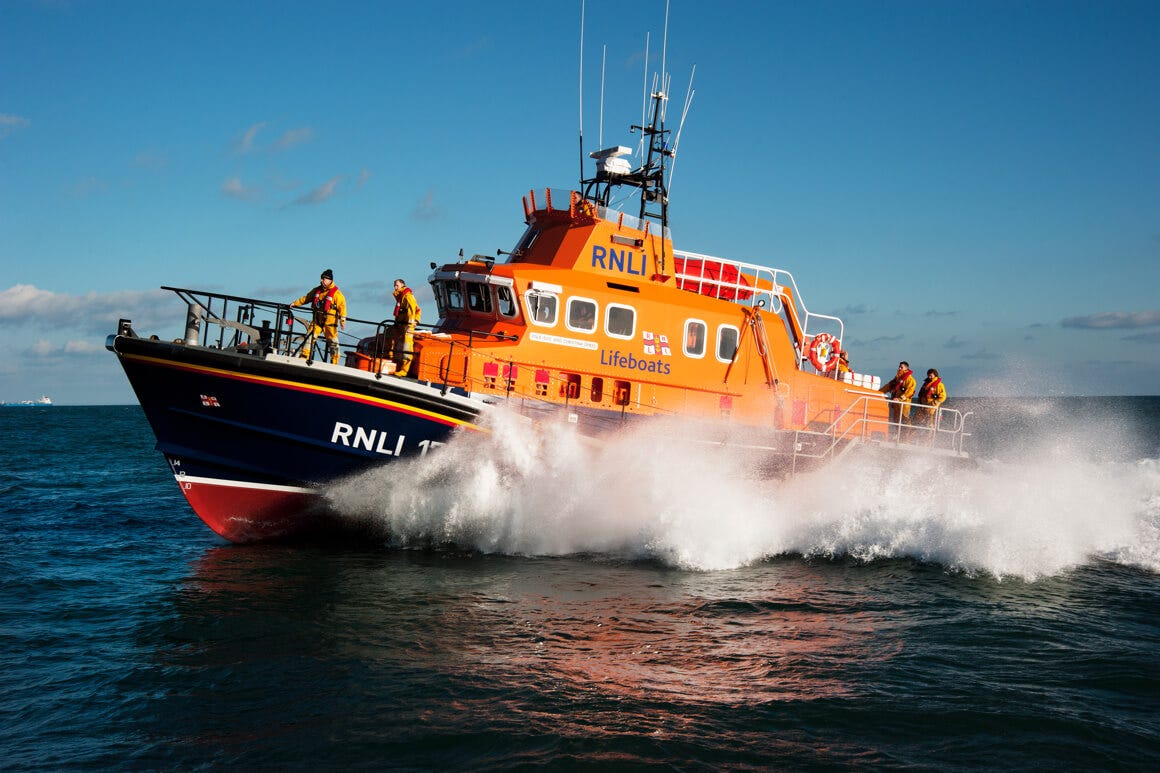
At the RNLI we run an annual Women in Engineering Day where we invite several groups of students from local schools to our site in Poole for a day of engineering taster activities, tours and talks (...) This is an incredible opportunity to pass on experience and offer advice to any young person considering pursuing engineering as a career.
WOMEN IN ENGINEERING
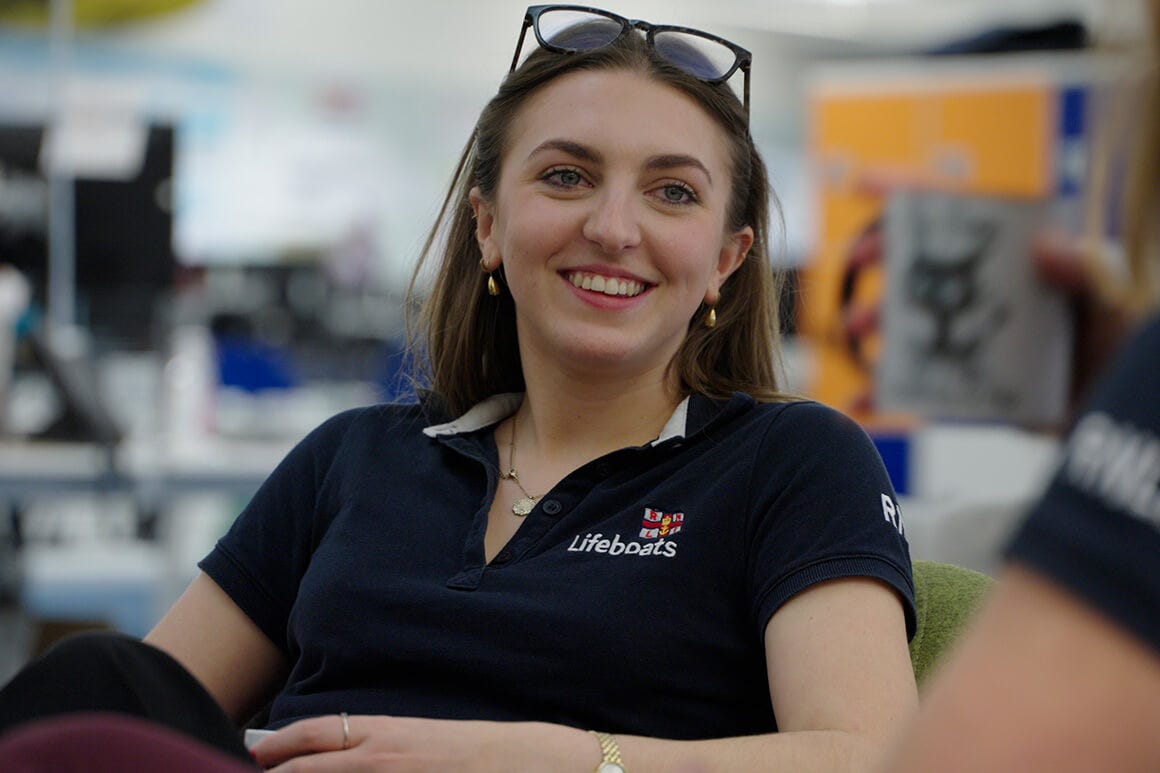
Can you share your personal journey and what inspired you to pursue a career in engineering, particularly within the RNLI?
I knew I wanted to pursue a technical career when I was in school, I enjoyed maths and science much more than other subjects and I was also a lot better at them. Once I decided I wanted to do something technical, I found it hard to decide what route to go down – I was considering architecture, product design, physics etc. but nothing really excited me. My mum studied engineering at university and started her career working as an engineer for Rolls Royce, so she was the first person who introduced me to the option of becoming an engineer. Once I realised the breadth of engineering and how many different industries were open to me, I felt really excited for the first time and knew I wanted to pursue it.
In sixth form I was awarded an Arkwright Engineering Scholarship. Through that programme I met a retired lecturer in naval architecture, he suggested that naval architecture could be a possible career path for me as I was a keen rower. After researching the industry and completing some work experience, I felt very passionate about pursuing this as a career and decided to apply to study naval architecture at university.
It wasn’t until university that I thought about working at the RNLI. I’d learnt about lifeboats briefly in one of my modules and loved the concept of self-righting (stability has always been something I have found very interesting). When I was deciding what to do for my dissertation, one of my lecturers who is on the RNLI technical board, suggested I do mine on the future design of lifeboats and use one of the RNLI classes as a case study. When a job came up for a Junior Naval Architect in my fourth year, I couldn’t believe my luck and immediately applied.
What unique perspectives and skills do you believe women bring to the field of engineering?
I think one perspective that women bring into engineering is ensuring inclusivity in design. Across the industry having women involved in design discussions ensures that designs are all-inclusive as much as possible, this can be done by asking questions about design decisions and voicing opinions. Anthropometric policies ensure the practicality of equipment for universal usage but having women actively involved in projects allows for some consideration of comfort as well.
Have you encountered any specific challenges as a woman in engineering and how did you overcome them?
At university I was one of the few women on my course, initially I think people just saw me as my gender and less as a normal course mate. At the start it led to some awkward interactions of people treating me differently than my male friends, however, as people got to know me this happened less and less often until it stopped happening altogether.
The RNLI is known for its life-saving operations. Can you discuss any specific engineering projects or innovations that you have been involved in to enhance the efficiency or safety of lifeboat operations?
One area that is a significant part of my day to day is stability monitoring. This involves processing stability data collected by our surveyors and completing analysis to check the boat still has adequate stability and self-righting performance. One particular stability project I have worked on is the development of wheelhouse flooding analysis. This project involves specific simulations of wheelhouse flooding scenarios that lay outside of normal damage conditions. This allows us to get a picture of how our lifeboat’s would operate in the most remote extremely damaged conditions.
I also am the technical SME for the crew’s critical safety equipment, this equipment includes items such as lifejackets, drysuits, helmets, personal flares etc. My role is firstly to support the coast by answering any queries, providing up to date technical information and looking into any defects or issues raised. Secondary to that, I run projects looking into new equipment available on the market to ensure our crews have up to date, efficient and safe equipment at their disposal.
How does the RNLI foster an inclusive environment for women in engineering, and what initiatives or programs are in place to encourage more women to pursue careers in this field?
At the RNLI we run an annual Women In Engineering Day where we invite several groups of students from local schools to our site in Poole for a day of engineering taster activities, tours and talks. Through this programme we show students what its like to work as an engineer and the different opportunities for work available across the industry. This is an incredible opportunity to pass on experience and offer advice to any young person considering pursuing engineering as a career.
The RNLI has recently started up the Women’s Community aimed at supporting and bringing together all groups representing women across the organisation including Female Lifeguard Group, Women in Engineering, Women in Search and Rescue, and others. This community aims at helping women by helping women from across the organisation connect, discuss, educate and support each other on important topics, foster professional growth and development and celebrate the achievements of women across the RNLI.
In your experience, how important is mentorship and support networks in helping women succeed in engineering roles?
Mentorship is so important in helping women succeed in engineering roles, specifically having mentors that are also women working in engineering. Mentors offer such specific insights into the industry and guidance from personal experiences that are incredibly relatable and help you to grow as an engineer. I personally have had two female mentors since I have started my career, my line manager, one of our Senior Naval Architects and our previous Principal Naval Architect. Seeing them lead projects and make significant contributions to the RNLI through their work just made me believe that one day I can do the same.
What advice would you give to young women who are considering a career in engineering, especially within the maritime and life-saving sector?
If you want a career that's versatile, where you have a lot of transferable skills and the option to go into almost any industry that you can think of, then engineering is definitely the career for you. It can be intimidating entering quite male dominated sectors but as long as you always have confidence in yourself and your abilities you will thrive.
In what ways do you see the role of women in engineering evolving within the RNLI in the coming years, and what opportunities or challenges do you anticipate?
I’d like to see more women in the engineering department, specifically in leadership roles. We have a lot of women in junior roles across the department so I would love the natural next step to see these women developing and progressing up into leadership roles. I think this will not only encourage more women into the engineering department but also show the RNLI’s commitment to nurturing female talent.
THIS MAY … BE A LIFESAVER
If you want to help fund the amazing work of the RNLI, please get involved.
THE ROYAL NATIONAL LIFEBOAT INSTITUTION (RNLI), a charity registered in England and Wales (209603), Scotland (SC037736), the Republic of Ireland (CHY 2678 and 20003326), the Bailiwick of Jersey (14), the Isle of Man (1308 and 006329F), the Bailiwick of Guernsey and Alderney, of West Quay Road, Poole, Dorset, BH15 1HZ
All photos by Nigel Millard.

June 11, 2024 3 min read
Meet the guides: Sharon Birchfield of Mountain Madness
Sharon Birchfield, a seasoned guide with Mountain Madness, shares her insights on the true essence of mountain guiding.
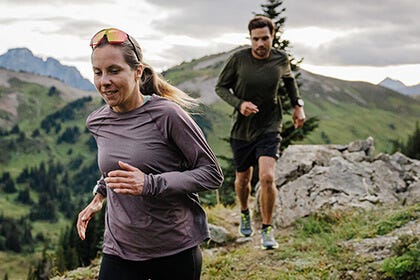
June 06, 2024 2 min read
Trail Running with Caroline Côté
Professional endurance athlete Caroline Côté shares her insights on the mental and physical aspects of trail running.
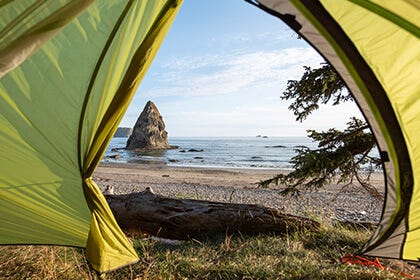
May 29, 2024 2 min read
HH Crew Favorite Spots – The Shipwreck Coast
Helly Hansen's Social Media Manager, Jacqueline Stoesser, shares her favorite thru-hike in Washington State.
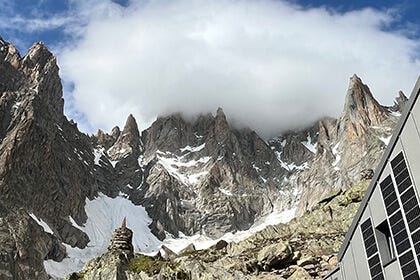
May 29, 2024 3 min read
HH Crew Favorite Spots – Refuge de la Charpoua
Helly Hansen Product Manager Louise Micolon shares her favorite spot from her hometown of Chamonix.
